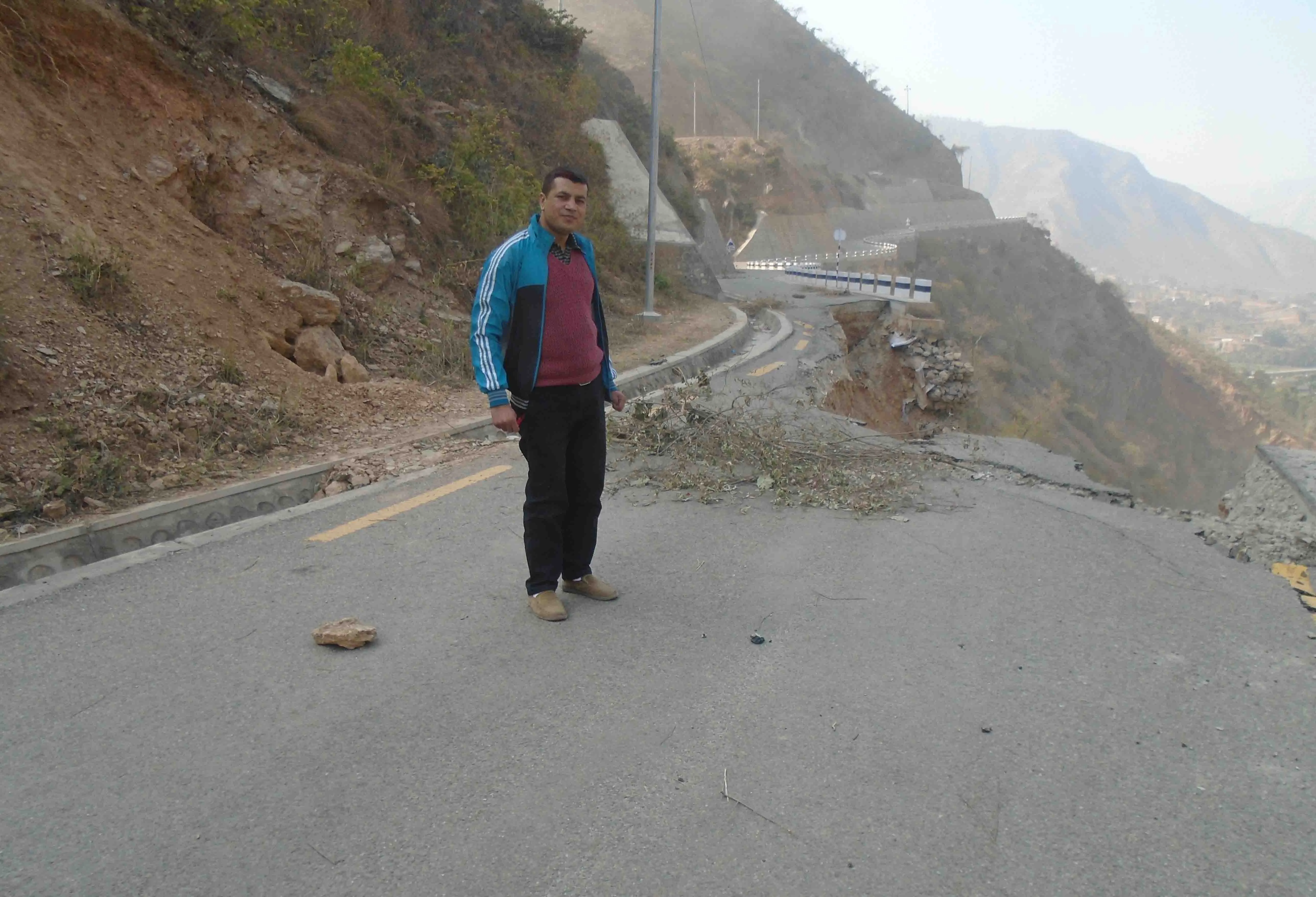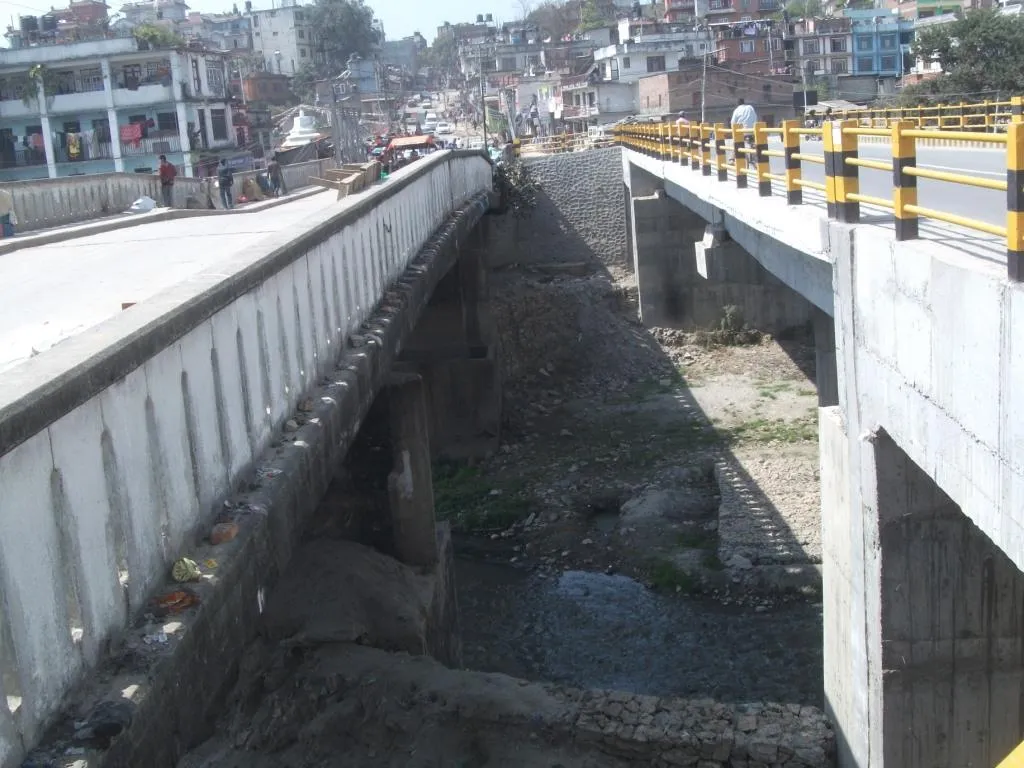Subsidence on a key stretch of highway in Nepal is causing major traffic disturbance. The BP Highway, also known as the Banepa- Sindhuli- Bardibas Road, has suffered subsidence on the Nepalthok-Khurkot stretch. The collapsed section measures 27m long and is causing delays for drivers. This Highway is an important route as it connets Nepal’s capital Kathmandu with Eastern Terai.
Vehicles have been diverted to an alternative route, although part of the roadway is still being used to carry traffic in one d
March 11, 2017
Read time: 2 mins

Subsidence on a key stretch of highway in Nepal is causing major traffic disturbance. The BP Highway, also known as the Banepa- Sindhuli- Bardibas Road, has suffered subsidence on the Nepalthok-Khurkot stretch. The collapsed section measures 27m long and is causing delays for drivers. This Highway is an important route as it connets Nepal’s capital Kathmandu with Eastern Terai.
Vehicles have been diverted to an alternative route, although part of the roadway is still being used to carry traffic in one direction. Work to construct this stretch of road was completed in July 2015 in four phases. Funding for the work came from a Japanese grant worth US$210 million.
With Japanese Aid, the road now measures 158km and runs from Dhulikhel in Kavre District to Bardibas in Mohottari district. The route carries around 1,600 vehicles/day.
Cracks that can be seen on the road were caused by the recent earthquake. Following the appearance of the cracks restrictions were placed on the route that only vehicles with a maximum weight of 10tonnes were allowed to use the road. However heavier vehicles continued to use the road, resulting in the collapse.
Reports suggest that the local administration, traffic police and the Department of road did not block heavy vehicles from using the road. This is only the highway in Nepal for which advanced technologies have been used in construction. The Nepalese Government is now planning to investigate the road failure.
Vehicles have been diverted to an alternative route, although part of the roadway is still being used to carry traffic in one direction. Work to construct this stretch of road was completed in July 2015 in four phases. Funding for the work came from a Japanese grant worth US$210 million.
With Japanese Aid, the road now measures 158km and runs from Dhulikhel in Kavre District to Bardibas in Mohottari district. The route carries around 1,600 vehicles/day.
Cracks that can be seen on the road were caused by the recent earthquake. Following the appearance of the cracks restrictions were placed on the route that only vehicles with a maximum weight of 10tonnes were allowed to use the road. However heavier vehicles continued to use the road, resulting in the collapse.
Reports suggest that the local administration, traffic police and the Department of road did not block heavy vehicles from using the road. This is only the highway in Nepal for which advanced technologies have been used in construction. The Nepalese Government is now planning to investigate the road failure.






